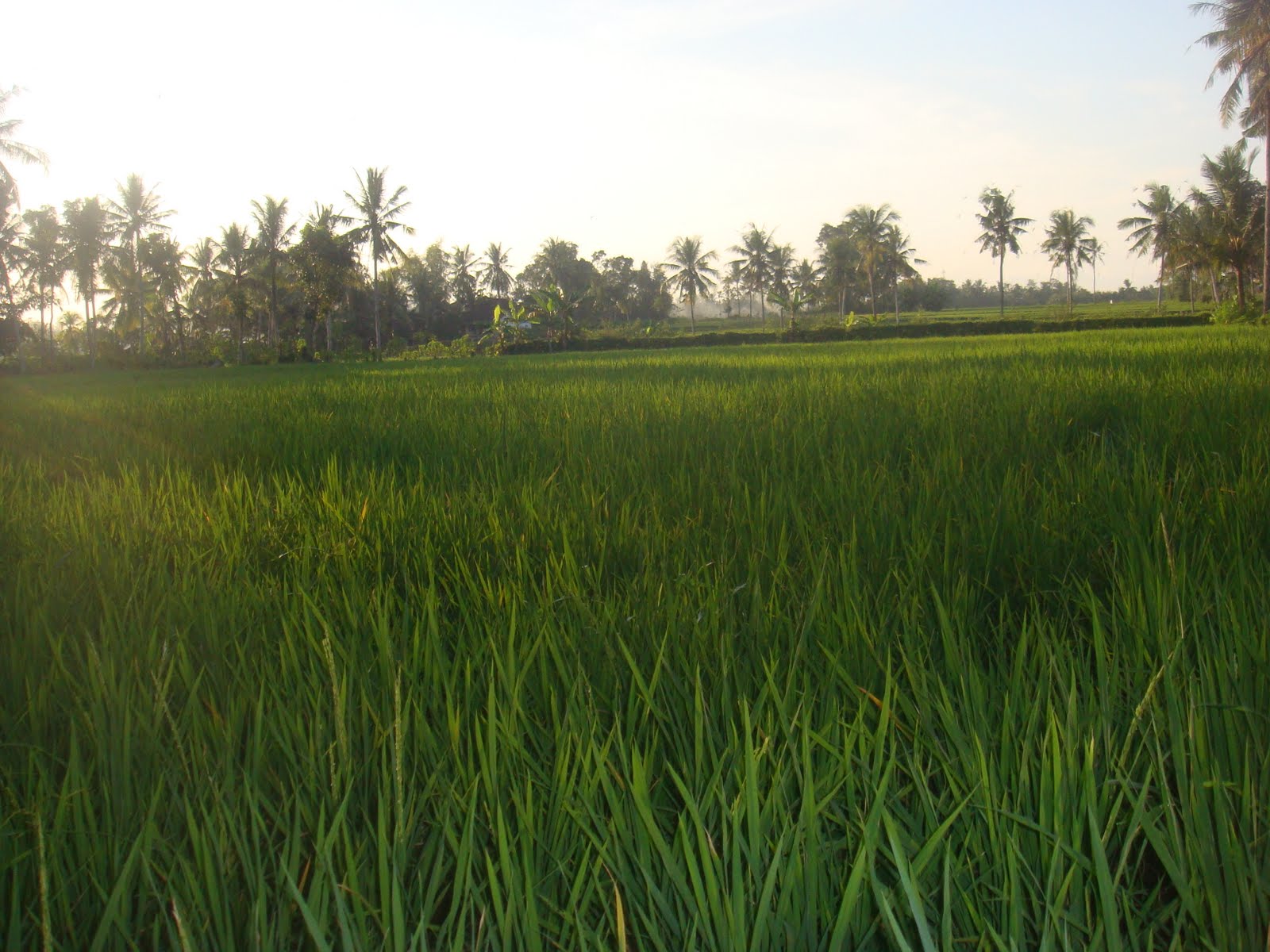Scientists have made major strides towards creating new breeds of rice that could be more sustainable, as well as more resilient to environmental stresses.
The International Rice Research Institute (IRRI), the Chinese Academy of Agricultural Sciences, and BGI (formerly known as the Beijing Genomics Institute) have identified the exact genetic makeup of more than 3,000 different families of rice for the first time in what is being heralded as a major advancement in rice science.
Now, rice breeders can use these varieties as building blocks, using the sequence data to identify genes that represent favorable traits that can be transferred to other varieties, Marco van den Berg, chief technology officer at IRRI, told CNBC.
By identifying the DNA of these rice varieties, researchers hope to improve the overall quality of rice cultivation while also reducing the crop’s environmental footprint. Traits targeted for improvement include higher nutritional quality and greater tolerance of pests, diseases, floods and drought, as well as reduced greenhouse gas emissions.
“This dataset provides access to millions of genetic markers that can be used to design sustainable crops for the future – ones that are high-yielding while at the same time requiring less water, fertilizer, and pesticides,” said Rod Wing, director of the Arizona Genomics Institute at the University of Arizona and IRRI scientist.
Funded by the Bill & Melinda Gates Foundation, the Chinese Ministry of Science and Technology, and Global Rice Science Partnership, the international research project produced a massive data set of 120 terabytes that will be hosted on the Amazon Web Services (AWS) cloud.
Accessing the data is free and AWS hopes it will help global researchers accelerate the breeding process.
“We do this to help build communities and tools around data sets that drive new businesses, accelerate research, and improve lives,” explained Peter Moore, AWS’ Asia Pacific managing director for the APAC global public sector.
It’s also the first time this many varieties of a major food crop were sequenced and made publicly available, noted van den Berg.
As an agricultural practice, crop breeding and modification have significantly evolved in recent years after gaining prominence in the 1960s, according to the United Nations.
Read MoreGlobal food prices hit lowest level in over 6 years
The main purpose is to develop more productive crops amid growing environmental threats.
Last week, the U.S. Department of Agriculture predicted global rice production would fall in 2015-2016 for the first time in five years due to consumption outpacing supply as major producing countries deal with flooding, drought and extreme heat.
“Combined carry in stocks held by top exporters – India, Pakistan, Thailand, the United States, and Vietnam – are the smallest in four years, contributing to reduced global supplies.”
But scientists say breeding is also aimed at improving global food security. Rice is a staple food for more than half of humanity, the United Nations estimates, and improved crops could help meet rising food demand with the global population estimated to exceed 9.6 billion by 2050.
“Rice breeding has made sure that Asia’s growing population has been fed despite doomsday predictions of massive famines in the 1960s,” van den Berg said.







